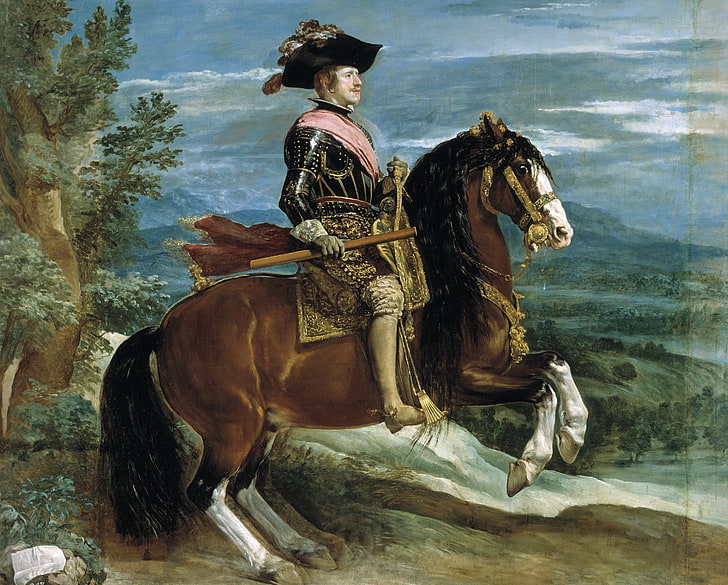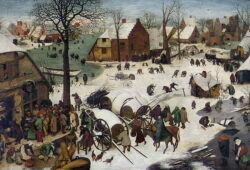Diego Velázquez: The Master of Spanish Baroque Painting
 Posted On
Posted On
Diego Rodríguez de Silva y Velázquez, commonly known as Diego Velázquez, is regarded as one of the most prominent painters of the Spanish Baroque period. Born on June 6, 1599, in Seville, Spain, Velázquez left an indelible mark on the world of art through his exceptional talent, innovation, and mastery of technique. This article explores the life and artistic legacy of this iconic Spanish painter.
Early Life and Apprenticeship:
Velázquez’s journey into the world of art began at a young age. He was born into a middle-class family, and his early exposure to art was limited. However, his talent was evident from a young age, and he soon caught the attention of local artist Francisco Herrera. Recognizing Velázquez’s potential, Herrera recommended that the young artist study under the guidance of the accomplished Sevillian painter Francisco Pacheco.
Under Pacheco’s tutelage, Velázquez honed his skills and developed a deep understanding of various artistic techniques. His early works primarily consisted of religious and mythological subjects, reflecting the prevailing themes of the time. Velázquez’s apprenticeship laid the foundation for his future success and allowed him to develop a unique style that would set him apart from his contemporaries.
The Seville Period:
In the early 17th century, Seville was a thriving artistic hub, and Velázquez’s time there played a crucial role in shaping his career. During this period, he created notable works such as “The Water Seller of Seville” and “The Adoration of the Magi,” which showcased his burgeoning talent and a mastery of realism that would become a hallmark of his later works.
The Move to Madrid:
In 1623, Velázquez made a significant decision that would forever alter the trajectory of his career. He moved to the Spanish capital, Madrid, where he secured a position as a court painter under King Philip IV. This move marked a turning point in Velázquez’s life as he gained access to the royal collection, which exposed him to masterpieces by renowned artists such as Titian, Rubens, and Caravaggio. This exposure had a profound influence on his style, leading him to experiment with new techniques and broaden his artistic horizons.
Mature Works and the Royal Portraits:
Velázquez’s tenure at the Spanish court resulted in some of his most famous works, including his iconic royal portraits. His ability to capture the essence of his subjects was unrivaled, and he became the preferred portraitist of King Philip IV. “Las Meninas” (The Maids of Honor), painted in 1656, stands as one of his most celebrated masterpieces. This complex composition not only showcases his technical prowess but also offers a glimpse into the intrigues and complexities of the Spanish court.
Legacy and Influence:
Diego Velázquez’s influence on the art world is immeasurable. His innovative approach to portraiture, characterized by a subtle interplay of light and shadow, set a new standard for the genre. His dedication to realism and keen attention to detail earned him a reputation as a master of his craft. Artists such as Édouard Manet and Pablo Picasso drew inspiration from Velázquez’s work, further solidifying his lasting impact on the art world.
Diego Velázquez’s life and work continue to be celebrated and studied today. His ability to bridge the gap between traditional Spanish Baroque art and the emerging trends of the 17th century laid the foundation for modern portraiture. His legacy endures not only in his timeless paintings but also in the inspiration he provides to generations of artists who follow in his footsteps. Velázquez’s contributions to the world of art are a testament to the enduring power of creativity and innovation.



